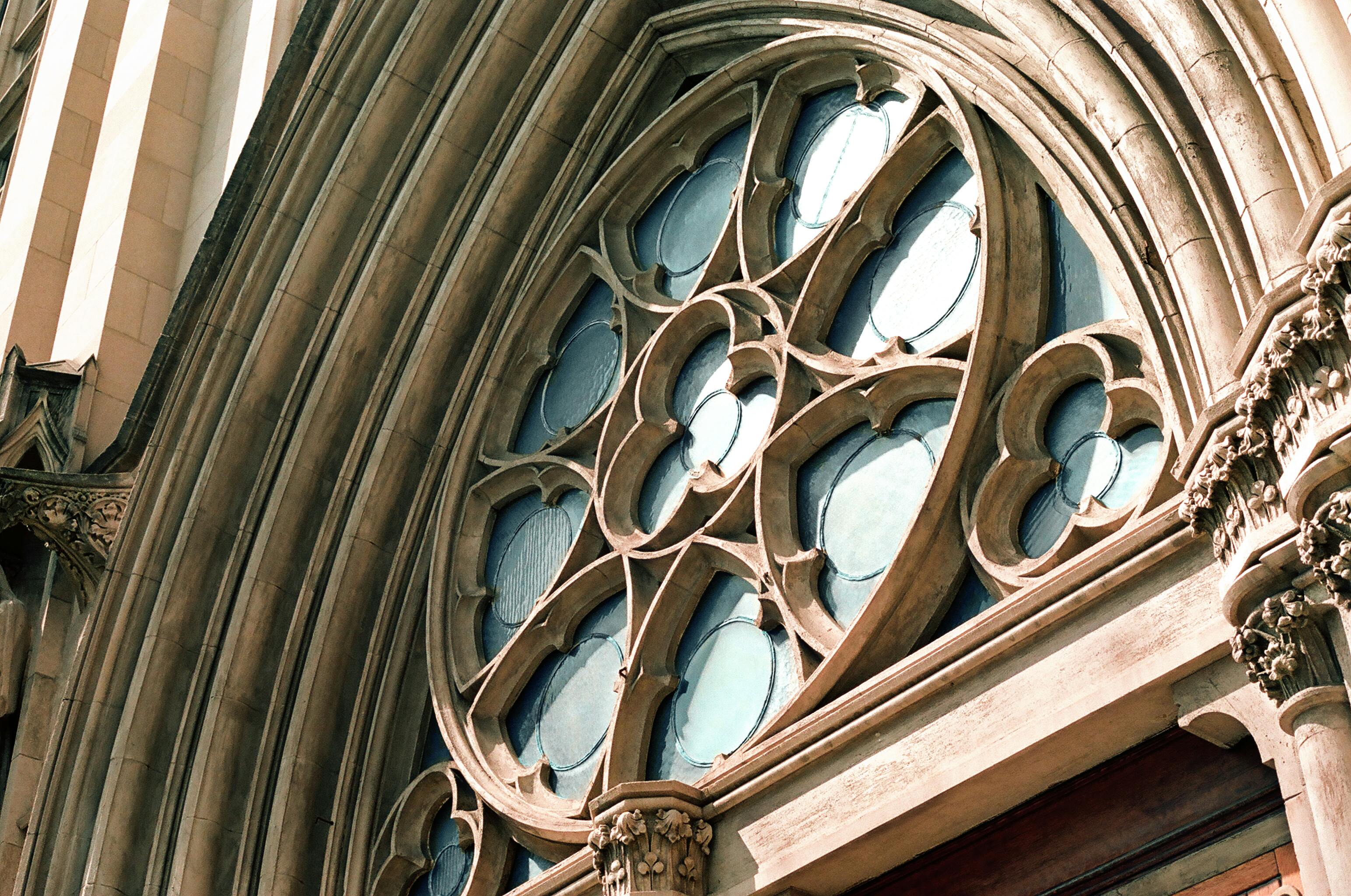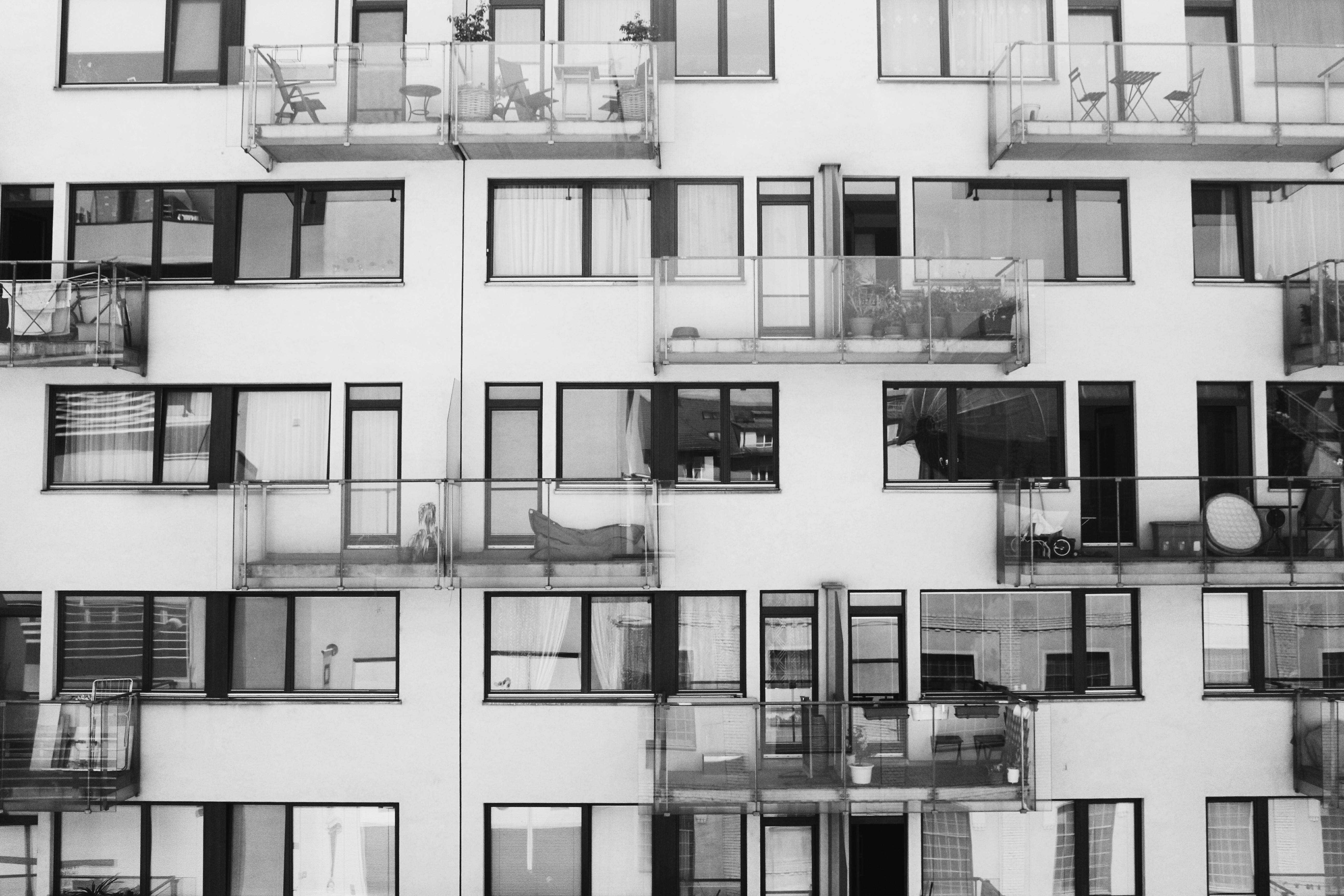Many people are drawn to television images of people ripping materials out of a dilapidated house, renovating it, and selling it for a substantial profit. The gain made on each investment can be modest or substantial, or the investor could lose everything depending on the decisions made before or during the process.
My house move budget checklist
Before you go looking for the perfect property to remodel, you need to create a budget for the entire project, not just the purchase and renovation costs.
The first item on your checklist has no direct monetary value and cannot be added to the expense column. However, it is an important “ingredient” to your budget: an excellent credit score. Unless you’re financing an investment entirely in cash or through private means, an excellent credit score works in your favor with banks, especially when the loan is for a high-risk project like a home investment.
Now, let’s look at the details of your budget:
• After Repair Value (ARV) – Determining the ARV of your potential investment is the starting point on which you can base your expected return on investment (ROI) when the home is put on the market. A trusted real estate agent can help you estimate the ARV of the property.
• Rehabilitation Costs – Will vary widely depending on the amount of rehabilitation work that needs to be done. A repair estimate form can be helpful in keeping track of all necessary repairs.
• Financing/maintenance costs: These include not only the loan but also the costs of maintaining the house until it is sold:
o Financing loan(s)
or property taxes
o Services (gas, water, electricity)
or property insurance
o HOA/Condo Fees
An important point to keep in mind here is that the longer the rehab work takes and/or the longer the home remains on the market after rehab, the higher your upkeep costs and the less profit you can make.
• Realtor Fees – You can sell your home yourself (FSOB – For Sale by Owner) but if you’re looking for the fastest turnaround on your investment and profits, trusting a good real estate agent is worth the commission (and actually helps you). save money on your long-term flip project).
• Forgotten costs – These are additional costs of moving houses that are often overlooked, including:
o Inspection fees
o Loan interest
or contingencies
o Closing costs
The average budget of an experienced homeowner was broken down into these cost percentages:
• 53.25% = Purchase price
• 20% = Labor
• 6.5% = Materials
• 8% = Maintenance costs, utilities, commissions, etc.
• 12.25% = Profit
Realistic budget = reduced risk
There’s nothing that can completely eliminate the risks inherent in moving houses, but creating a realistic budget is one of the key ways to mitigate some of that risk. Another way to “manage” some of the risk is to gain a thorough understanding of moving houses before you make your first investment. And a final way to manage risk is to follow the old adage and never invest more than you can afford to lose.
Best wishes for the success of your house move!



